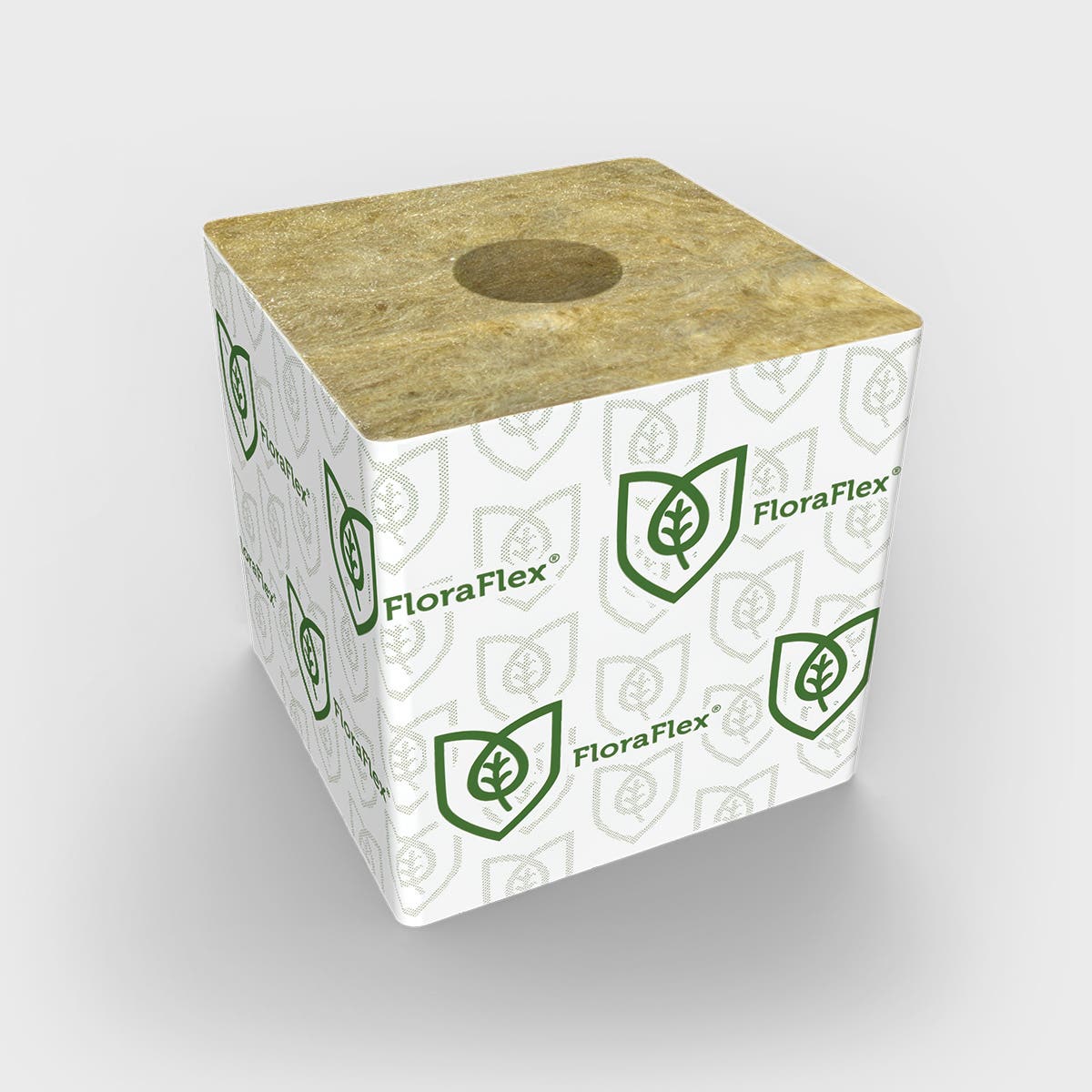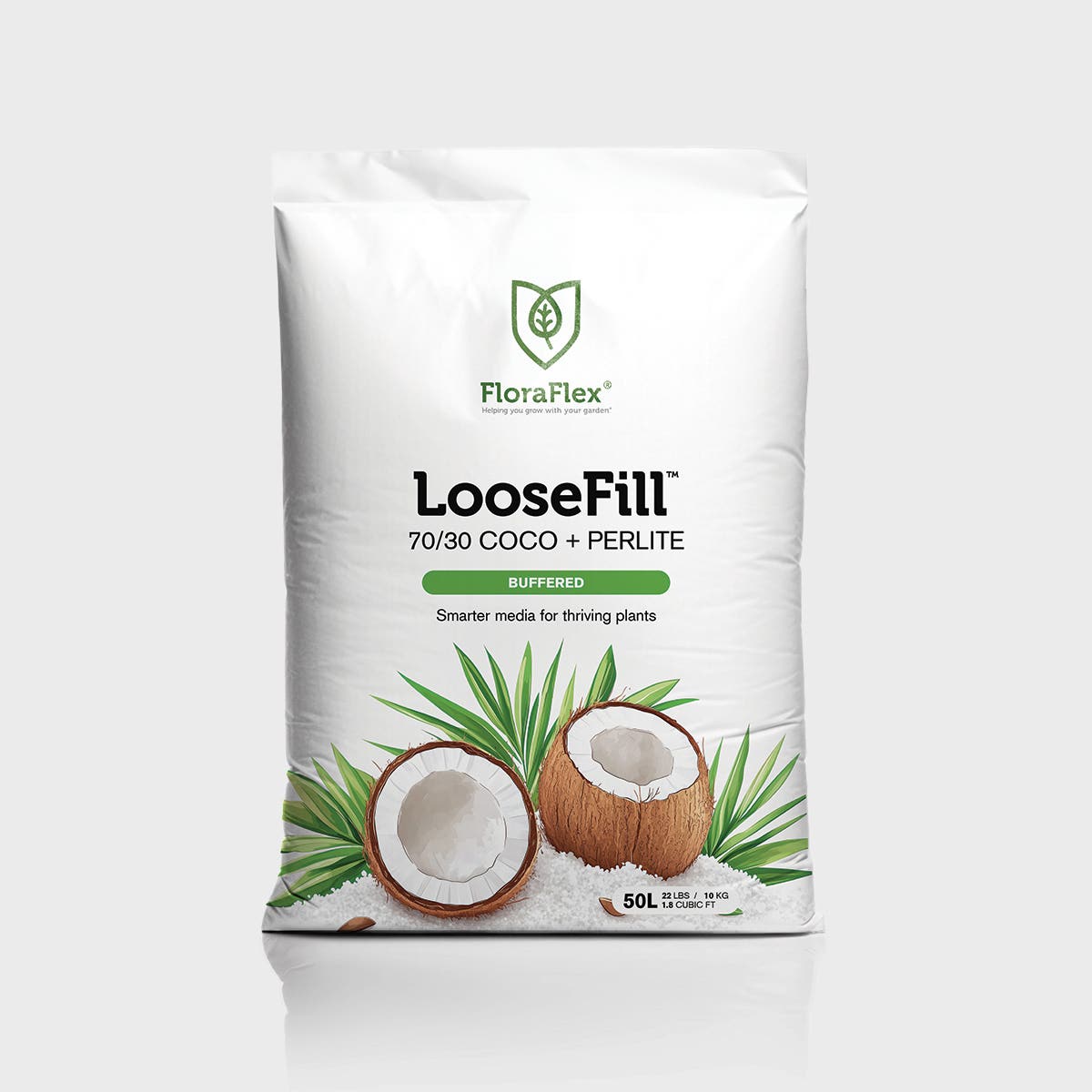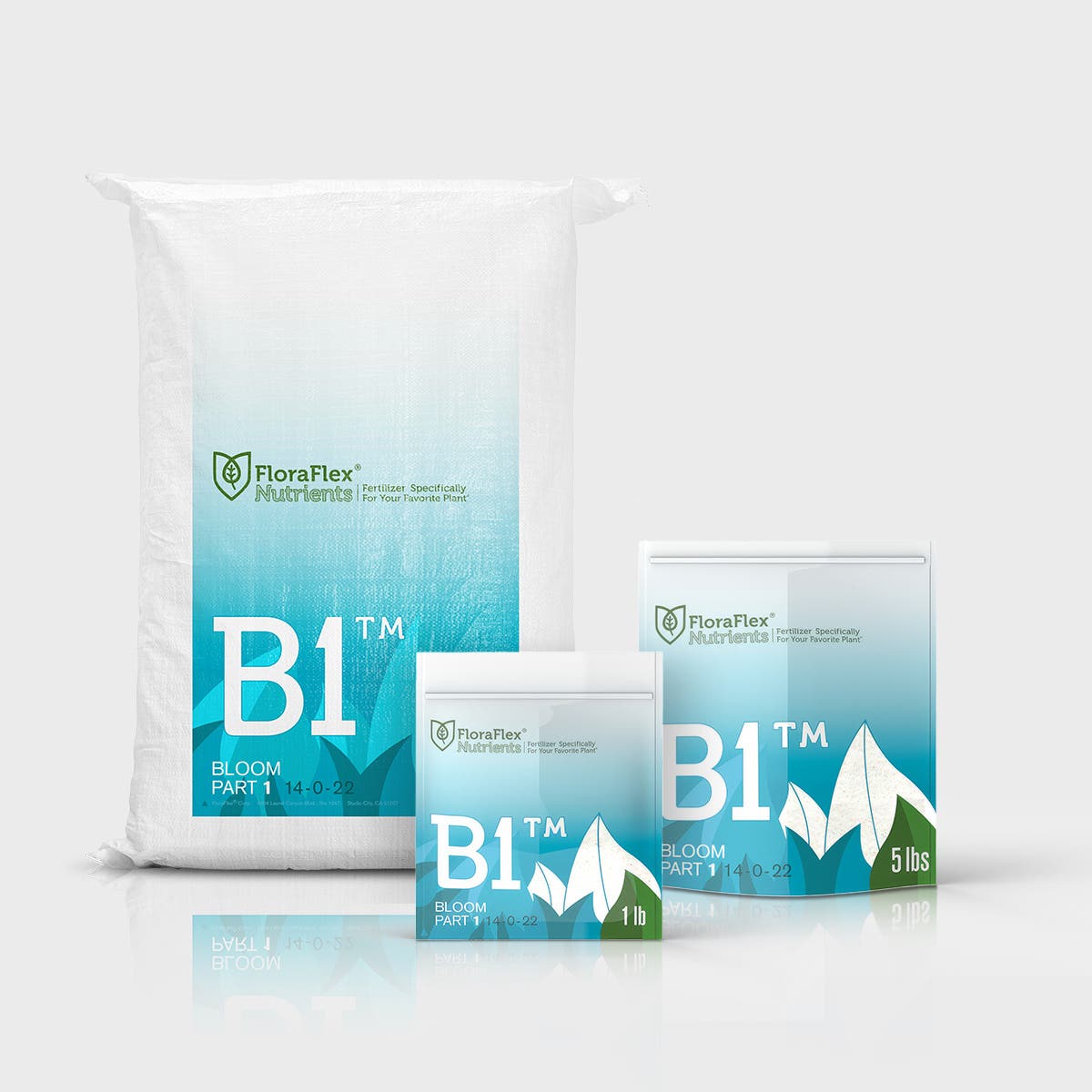The Significance of Testing Cannabis
-
Consumer Safety: Testing cannabis helps identify potential contaminants such as pesticides, heavy metals, microbial pathogens, and residual solvents. This ensures that consumers are not exposed to harmful substances and can make informed decisions about the products they purchase.
-
Product Quality: Testing evaluates the potency of cannabinoids such as THC and CBD, providing consumers with accurate information about the concentration of these compounds. This helps establish consistent and reliable experiences for consumers.
Potency Testing
-
Cannabinoid Profiling: Potency testing involves analyzing the levels of various cannabinoids present in cannabis, such as THC, CBD, and minor cannabinoids. This information helps consumers understand the effects and potential benefits of different strains.
-
THC and CBD Ratio: Testing determines the ratio of THC to CBD in a product, allowing consumers to choose products that align with their desired experience and medicinal needs.
-
Terpene Analysis: Terpene profiling identifies and quantifies the aromatic compounds in cannabis. Terpenes contribute to the aroma, flavor, and potential therapeutic effects of cannabis strains.
Contaminant Testing
-
Pesticide Analysis: Testing cannabis for pesticides ensures that products are free from harmful residues. It verifies compliance with regulations and promotes the use of safe cultivation practices.
-
Heavy Metal Screening: Heavy metal testing identifies the presence of toxic metals, including lead, cadmium, mercury, and arsenic. Ensuring products are within safe limits protects consumer health.
-
Microbial Testing: Microbial analysis checks for the presence of bacteria, fungi, and other microorganisms. This testing helps identify potential pathogens that could pose health risks to consumers, particularly those with compromised immune systems.
-
Residual Solvent Analysis: This testing assesses the presence of residual solvents used in the extraction process, such as butane or ethanol. Ensuring that solvents are within safe levels prevents potential health hazards.
Testing Standards and Regulations
-
Accredited Testing Laboratories: Cannabis testing should be performed by accredited laboratories with expertise in cannabis analysis. These laboratories follow standardized testing protocols and maintain quality control measures.
-
Compliance with Regulations: Testing must adhere to local, state, and federal regulations governing cannabis testing. This includes specific requirements for testing methods, reporting, and permissible limits of contaminants.
-
Transparency and Labeling: Testing results should be clearly communicated to consumers through accurate labeling. Transparent product labeling allows consumers to make informed choices based on the tested potency and contaminant levels.
Consumer Education and Safety
-
Educational Resources: Consumers should have access to educational materials that explain the importance of testing and how to interpret testing results. This empowers consumers to make informed decisions and reinforces the importance of purchasing tested products.
-
Batch Testing: Testing should be conducted on each batch or lot of cannabis products, ensuring consistency and accuracy. Batch testing guarantees that consumers receive products that meet the stated potency and safety standards.
Testing standards for cannabis play a vital role in safeguarding consumer safety and ensuring product quality within the industry. Through potency testing and contaminant analysis, consumers can make informed choices while promoting a transparent and accountable market. Compliance with testing regulations, accredited laboratories, transparent labeling, and consumer education contribute to a safer and more reliable cannabis industry.








